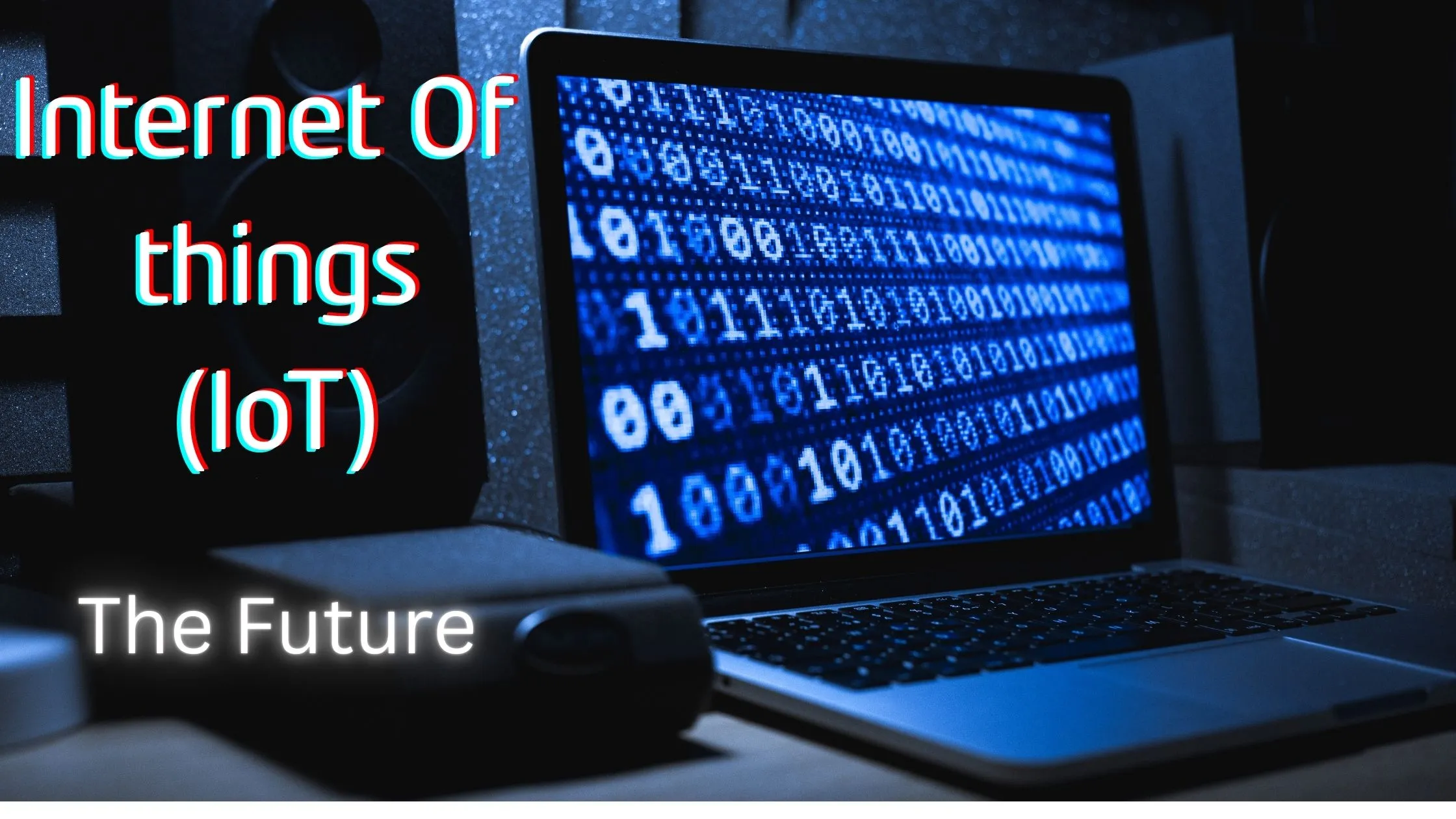The Internet of Things in 2025: Connecting the World Like Never Before
Explore how the Internet of Things (IoT) is revolutionizing lives and industries in 2025, from smart homes to AI-powered cities, and discover the latest trends driving this technological transformation. The Internet of Things (IoT) is reshaping the way people, companies, and machines interact by weaving connectivity into the fabric of daily life. In 2025, IoT has matured from a niche innovation to a game-changing technology that powers homes, industries, cities, and the world at large. Billions of devices—ranging from smartphones and sensors to autonomous vehicles—now communicate seamlessly, gathering and exchanging data to boost efficiency, safety, and convenience. Massive Growth and Market Potential This year, the global IoT market is projected to exceed $1 trillion, with over 18 billion connected devices operating worldwide. Sectors like manufacturing, healthcare, agriculture, logistics, and energy are embracing IoT solutions to cut costs, boost productivity, and create responsive, data-driven systems. Smart factories, wearable health monitors, and intelligent supply chains are just a few examples of IoT’s expanding influence. Smart Homes and Everyday Convenience IoT’s most visible impact is in smart homes. Devices—from lighting and thermostats to security cameras—communicate on a single network and can be managed remotely. Real-time automation brings comfort and security, whether it’s adjusting blinds at sunset or getting notifications when a door opens unexpectedly. Despite privacy concerns, new regulations and secure designs are helping address data security challenges. AI-Powered Insights: The Rise of AIoT Artificial intelligence is increasingly intertwined with IoT, giving birth to AIoT—systems that analyze data, predict trends, and automate decisions without human intervention. In manufacturing, AIoT predicts equipment failures, minimizes downtime, and helps streamline workflows. Smart cities use AI-powered IoT to optimize traffic and energy use, making urban life greener and more efficient. 5G and Edge Computing: The Infrastructure Evolution IoT’s evolution depends heavily on fast, reliable connectivity. The rollout of 5G and edge computing in 2025 are crucial, enabling real-time processing and low latency for applications like autonomous vehicles, remote health monitoring, and industrial automation. Edge computing, which processes data closer to where it’s produced, reduces bandwidth needs and supports split-second decision-making in critical environments. Sustainability and Environmental Impact IoT is also helping fight climate change and conserve resources. Connected sensors monitor air and water quality, optimize energy systems, and track weather events to protect ecosystems. Smart grids and eco-friendly buildings use IoT data for resource management, leading to reduced emissions and more sustainable cities. Security and Privacy Challenges As networks expand, cybersecurity becomes more complex. With billions of endpoints, protecting user data and preventing unauthorized access are top priorities. Businesses increasingly invest in advanced encryption, multi-factor authentication, and smarter threat detection to safeguard IoT systems. Governments are responding with stricter regulations to enforce privacy and security standards in connected devices. Real-World Impact: Industry Examples In healthcare, wearable devices gather patient data for remote diagnostics and personalized treatments. Logistics companies use sensors to track deliveries, predict maintenance needs, and minimize delays. Agriculture leverages IoT for smart irrigation, pest management, and crop monitoring to maximize yields and minimize waste. The Road Ahead IoT’s full potential is still being unlocked. As devices become smarter and networks grow stronger, more seamless and automated experiences will emerge. The convergence of AI, 5G, and edge computing means that, by the late 2020s, IoT will be at the heart of every major technological breakthrough, from automated medical emergencies to intelligent disaster response. Conclusion In 2025, the Internet of Things stands as the backbone of technological innovation, connecting people, machines, and data across the globe. With challenges around privacy and cybersecurity being tackled, the future promises even more exciting changes and opportunities for smarter, greener, and more responsive societies.

